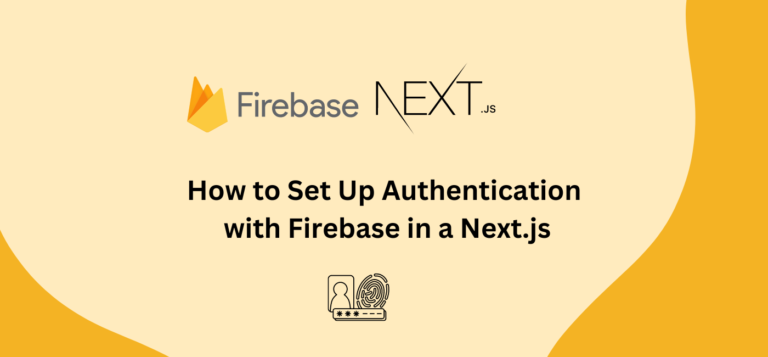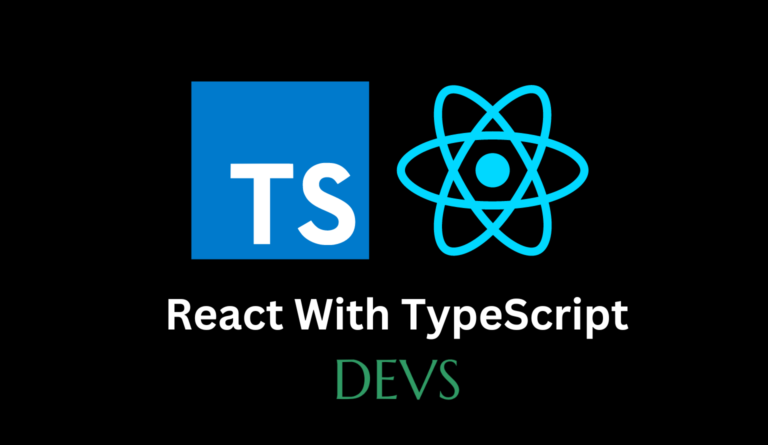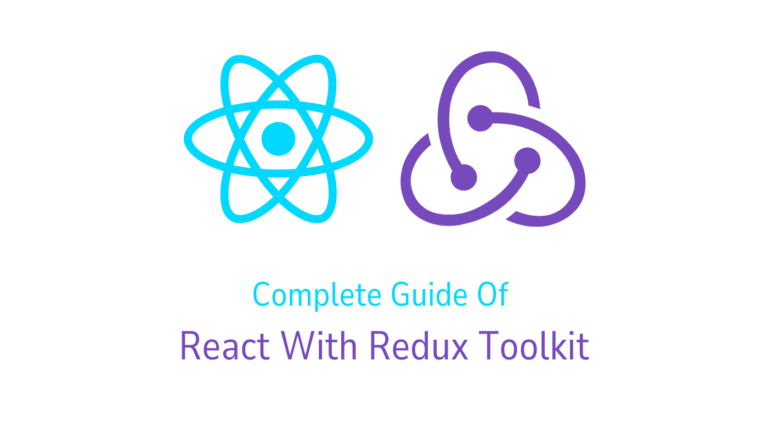Mastering Next.js Server Actions: Simplify Data Mutations and Fetching

Next.js has revolutionized how developers build full-stack applications, and with the introduction of Server Actions , handling data mutations and server-side logic has become simpler and more secure than ever. In this blog, we’ll explore what Server Actions are, why they matter, and how to use them to supercharge your Next.js projects.
Table of Contents
What Are Server Actions?
Server Actions are a Next.js feature that allows you to run server-side code directly from Client Components . Think of them as functions that execute on the server but can be triggered by user interactions (like form submissions or button clicks) on the client.
Why Use Server Actions?
- Security : Sensitive logic (e.g., database writes, API calls) stays on the server, reducing exposure to client-side vulnerabilities.
- Simplicity : No need to create separate API routes for every small task.
- Performance : Server-rendered data avoids unnecessary client-server roundtrips.
How Do Server Actions Work?
Step 1: Define a Server Action
Create a function and mark it with the 'use server' directive. This tells Next.js to execute it on the server, even if it’s imported into a Client Component.
// app/actions.js
'use server';
export async function addTodo(formData) {
const title = formData.get('title');
// Save to database or perform other server-side operations
console.log('New Todo:', title);
}Step 2: Trigger the Action from the Client
Use the action in a form or event handler. Next.js automatically handles the server communication.
// app/todo/page.js
'use client'; // This is a Client Component
import { addTodo } from './actions';
export default function TodoForm() {
return (
<form action={addTodo}>
<input type="text" name="title" placeholder="Add a todo" />
<button type="submit">Submit</button>
</form>
);
}Key Features of Server Actions
1. Seamless Integration with React
Server Actions work natively with React’s rendering pipeline. You can:
- Use them in
<form>elements for progressive enhancement. - Trigger them via
onClickhandlers oruseEffect. - Return data or errors to update the UI dynamically.
2. Built-in Security
Next.js automatically generates secure tokens to prevent cross-site request forgery (CSRF). You don’t need to configure this manually.
3. No API Routes Required
For simple mutations (e.g., form submissions, data updates), Server Actions eliminate the need for boilerplate API routes.
When Should You Use Server Actions?
Use Case 1: Form Submissions
Instead of creating an API route for a contact form, handle validation and email sending directly in a Server Action.
Use Case 2: Data Mutations
Update a database, increment a counter, or modify server-side state without exposing your database credentials to the client.
Use Case 3: Secure Data Fetching
Fetch data that requires authentication or sensitive API keys, keeping secrets safe on the server.
Advanced Patterns with Server Actions
1. Handling Errors and Loading States
Wrap actions in React’s useActionState hook to manage loading and error states gracefully:
import { useActionState } from 'react';
import { addTodo } from './actions';
function TodoForm() {
const [state, formAction] = useActionState(addTodo, { message: '' });
return (
<form action={formAction}>
<input type="text" name="title" />
<button type="submit">Submit</button>
{state.message && <p>{state.message}</p>}
</form>
);
}2. Optimistic Updates
Update the UI immediately while the server processes the action, then revert if something goes wrong:
function OptimisticTodo() {
const [todos, setTodos] = useState([]);
const addTodoOptimistic = async (formData) => {
const tempTodo = { id: 'temp', title: formData.get('title') };
setTodos([...todos, tempTodo]); // Immediate UI update
try {
await addTodo(formData); // Actual server call
setTodos(todos.filter(todo => todo.id !== 'temp'));
} catch (error) {
setTodos(todos.filter(todo => todo.id !== 'temp'));
alert('Failed to add todo!');
}
};
return (
<form action={addTodoOptimistic}>
{/* Form fields */}
</form>
);
}Limitations and When to Use API Routes
While Server Actions are powerful, they’re not a replacement for all API routes. Use traditional API routes when:
- You need to handle complex workflows (e.g., multi-step form submissions).
- Integrating with third-party services that require webhooks.
- Building a public API consumed by external clients.
Security Best Practices for Server Actions
While Server Actions simplify server-client communication, they require careful handling to avoid vulnerabilities. Here’s how to secure them:
1. Validate Input Data
Never trust data from the client. Always validate and sanitize inputs on the server.
// app/actions.js
'use server';
export async function createUser(formData) {
const email = formData.get('email');
const password = formData.get('password');
// Validate email format
if (!email || !email.includes('@')) {
throw new Error('Invalid email address');
}
// Hash password before storing
const hashedPassword = await bcrypt.hash(password, 10);
// Save to database...
}2. Use Environment Variables for Secrets
Store API keys, database credentials, and other secrets in .env.local files.
// app/actions.js
'use server';
export async function processPayment(formData) {
const stripe = require('stripe')(process.env.STRIPE_SECRET_KEY);
// Handle payment...
}3. Protect Against CSRF
Next.js automatically adds CSRF protection to Server Actions, but you can customize it:
// app/actions.js
'use server';
export const createPost = async (prevState, formData) => {
// CSRF token is verified automatically
// Your logic here...
};Performance Optimization Tips
1. Minimize Server Work
Avoid heavy computations in Server Actions. Offload tasks to background jobs or edge networks.
2. Leverage Caching
Use tools like Redis or Upstash to cache frequent read operations.
// app/actions.js
'use server';
const redis = require('redis');
const client = redis.createClient();
export async function getBlogPosts() {
const cachedPosts = await client.get('blog_posts');
if (cachedPosts) return JSON.parse(cachedPosts);
// Fetch from database if not cached
const posts = await db.query('SELECT * FROM posts');
client.set('blog_posts', JSON.stringify(posts), 'EX', 3600); // Cache for 1 hour
return posts;
}3. Optimize Database Queries
Use tools like Prisma or Drizzle ORM to write efficient database queries.
Real-World Examples
Example 1: Blog Application
Scenario : Create a blog post with a title, content, and tags.
// app/actions.js
'use server';
export async function createBlogPost(formData) {
const title = formData.get('title');
const content = formData.get('content');
const tags = formData.get('tags').split(',');
// Save to database
await db.insert('posts', { title, content, tags });
}
// app/page.js
export default function CreatePost() {
return (
<form action={createBlogPost}>
<input name="title" placeholder="Title" required />
<textarea name="content" required />
<input name="tags" placeholder="Comma-separated tags" />
<button type="submit">Publish</button>
</form>
);
}Example 2: User Authentication
Scenario : Sign up a user with email and password.
// app/actions.js
'use server';
export async function signup(formData) {
const email = formData.get('email');
const password = formData.get('password');
// Check if user exists
const existingUser = await db.query('SELECT * FROM users WHERE email = ?', [email]);
if (existingUser) throw new Error('User already exists');
// Hash password and save
const hashedPassword = await bcrypt.hash(password, 10);
await db.insert('users', { email, password: hashedPassword });
}
// app/auth/page.js
export default function Signup() {
return (
<form action={signup}>
<input type="email" name="email" required />
<input type="password" name="password" required />
<button type="submit">Sign Up</button>
</form>
);
}Example 3: E-Commerce Checkout
Scenario : Process a payment and reduce product stock.
// app/actions.js
'use server';
export async function checkout(formData) {
const productId = formData.get('productId');
const quantity = formData.get('quantity');
// Deduct stock
await db.query('UPDATE products SET stock = stock - ? WHERE id = ?', [quantity, productId]);
// Process payment with Stripe
const stripe = require('stripe')(process.env.STRIPE_SECRET_KEY);
const session = await stripe.checkout.sessions.create({
payment_method_types: ['card'],
line_items: [{ price: 'price_123', quantity }],
mode: 'payment',
success_url: `${process.env.NEXT_PUBLIC_URL}/success`,
cancel_url: `${process.env.NEXT_PUBLIC_URL}/cancel`,
});
return { sessionId: session.id };
}Conclusion
Next.js Server Actions are a game-changer for full-stack development. They simplify data mutations, enhance security, and reduce boilerplate code. By following best practices and leveraging real-world examples, you can build robust, high-performance applications with ease.
Next Steps :
- Experiment with Server Actions in your Next.js projects.
- Explore integrating Next.js with database, authentication, and third-party APIs.
- Dive deeper into Next.js documentation for advanced use cases.
FAQs
What’s the difference between Server Actions and API Routes?
Server Actions let you write server-side code directly in your components, eliminating the need for separate API routes for simple tasks. Use API routes for complex workflows (e.g., webhooks, multi-step processes) or public APIs.
Are Server Actions secure?
Yes! Next.js automatically adds CSRF protection and ensures sensitive code runs only on the server. Always validate inputs and avoid exposing secrets to the client.
Can I use Server Actions in Client Components?
Absolutely! Mark functions with ‘use server’, import them into Client Components, and trigger them via forms or event handlers.
Do Server Actions affect SEO?
No. Since Server Actions run on the server, they don’t impact client-side rendering or SEO. Use them alongside static site generation (SSG) or server-side rendering (SSR) for best results.






